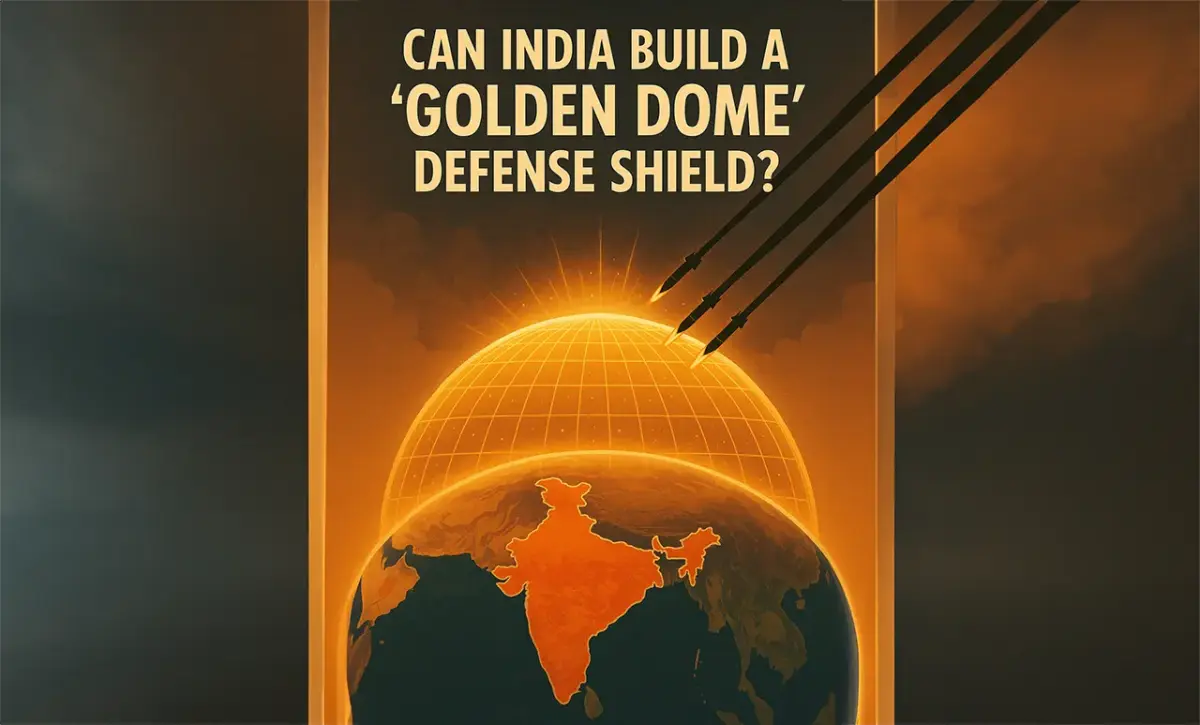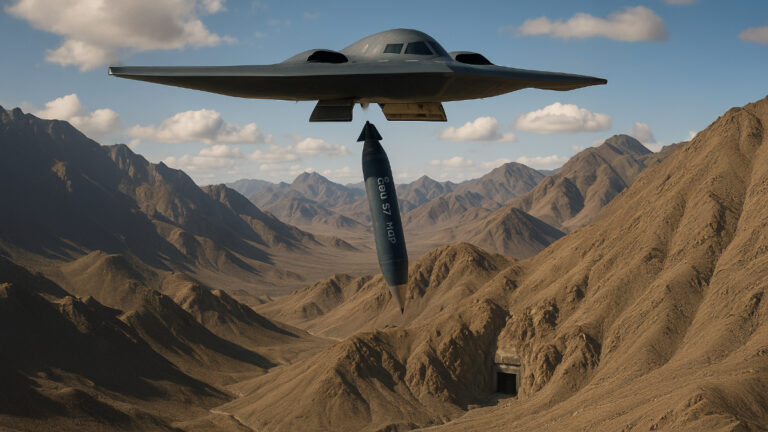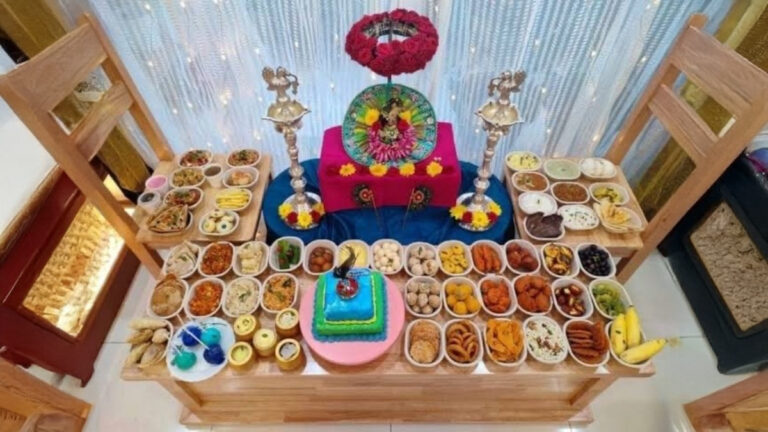A Deep Dive into the Cost, S-500 Requirements & Strategic Implications
As India strengthens its defense posture amid evolving threats from China and Pakistan, the concept of creating a “Golden Dome” — a national missile defense shield — is gaining attention. Inspired by Israel’s Iron Dome and the U.S. Ground-based Midcourse Defense (GMD) system, India could theoretically pursue a similar layered defense network using advanced systems like Russia’s S-500 “Prometey”.
But what would it take? How many S-500 units would India need, and what would be the total investment?
🏯 What is a “Golden Dome” Defense Shield?
A “Golden Dome” refers to a multi-tiered, nationwide missile defense network capable of detecting, tracking, and destroying incoming threats such as:
- Ballistic missiles
- Hypersonic glide vehicles
- Cruise missiles
- Unmanned drones
- Enemy aircraft
Such a system includes early warning radars, long-range interceptors, and short-range quick-response weapons.
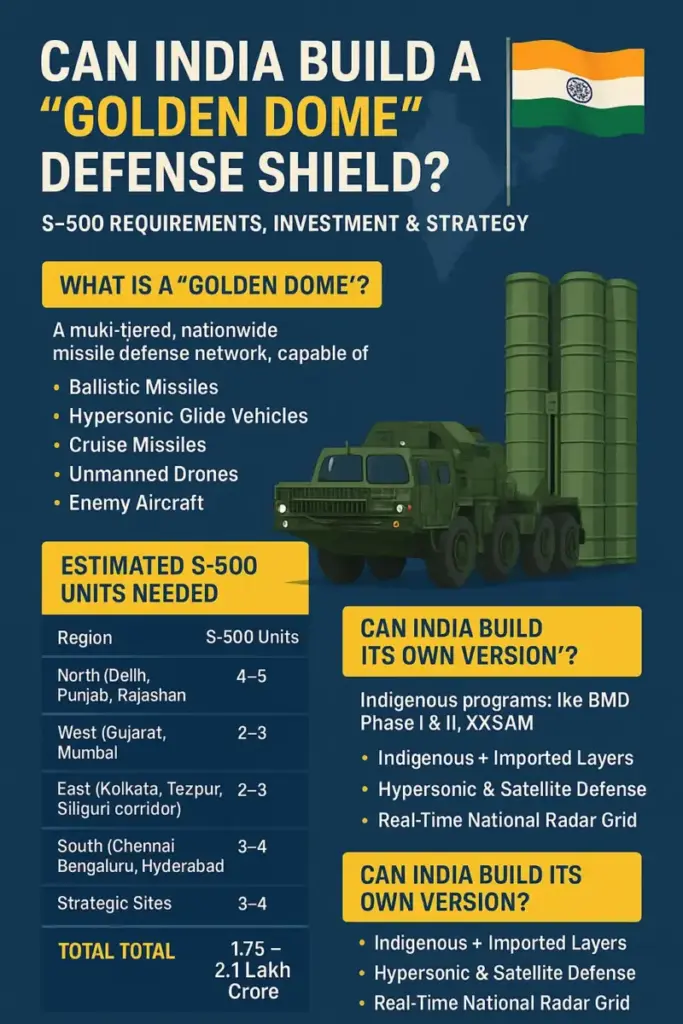
🚀 Why the S-500 is Central to This Vision
The S-500 is Russia’s most advanced anti-missile and air defense system. It is designed to:
- Neutralize ICBMs and hypersonic weapons
- Target satellites in low orbit
- Defend against stealth aircraft like the F-22 and F-35
Range: Up to 600 km (missile interception)
Tracking range: ~2000 km
Deployment: Highly mobile, quick-launch
India currently operates the S-400, but to build a true missile shield, it would need S-500 or equivalent systems.
📍 How Many S-500 Units Would India Need?
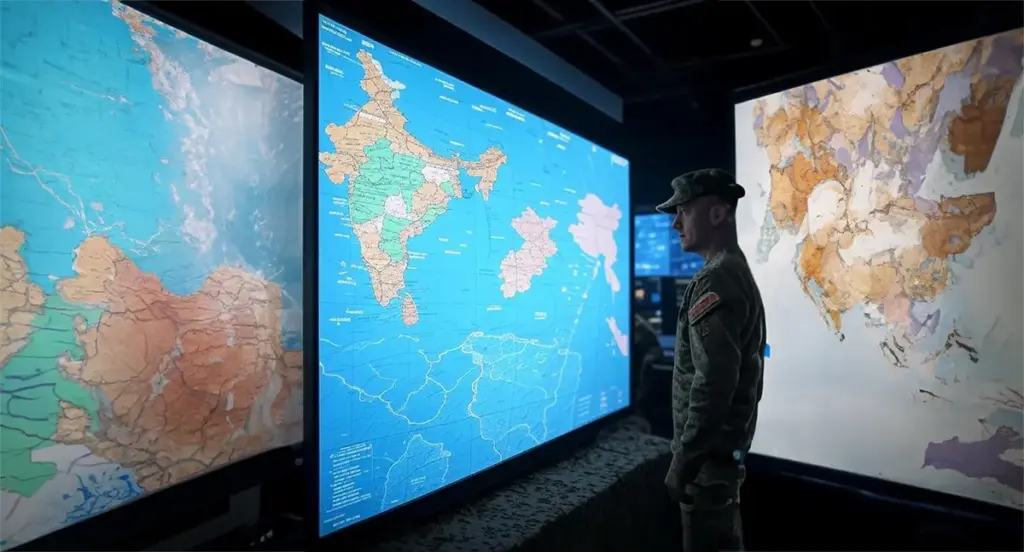
Let’s estimate based on critical zones:
| Region | Key Areas to Protect | Estimated S-500 Units |
|---|---|---|
| North | Delhi, Punjab, Rajasthan | 4–5 units |
| West | Gujarat, Mumbai | 2–3 units |
| East | Kolkata, Tezpur, Siliguri corridor | 2–3 units |
| South | Chennai, Bengaluru, Hyderabad | 3–4 units |
| Strategic Sites | ISRO, DRDO hubs, nuclear sites | 3–4 units |
| Layered Redundancy | Overlapping backup zones | 4–6 units |
🔢 Total Estimated S-500 Batteries: 18 – 25 units
💰 Total Investment Required
Each S-500 unit (complete battery) costs about:
- ₹5,000 – ₹6,700 crore
Total Cost Estimate:
| Category | Amount |
|---|---|
| 20 S-500 Units | ₹1,00,000 crore – ₹1,34,000 crore |
| Radar Stations & C4I | ₹20,000 crore |
| Missile Production (stockpile) | ₹30,000 crore |
| Infrastructure & Logistics | ₹10,000 crore |
| Training & Maintenance (10 years) | ₹15,000 crore |
🧻 Grand Total: ₹1.75 – ₹2.1 Lakh Crore (USD $21 – $25 Billion)
🏗️ Can India Build Its Own Version?
Indigenous Programs Already Underway:
- Ballistic Missile Defense (BMD) Program – Phase I & II
- AAD/PAD Interceptors: Already tested successfully
- XRSAM: In development to bridge S-400 and S-500
Current Limitations:
- Hypersonic tracking and interception
- Anti-satellite defense
- Real-time national radar integration
🌍 Strategic Advantages
- Deterrence: Makes enemy first-strike less likely
- Protection of Strategic Assets: Like ISRO, DRDO, Mumbai, Delhi
- Civilian Safety: Especially in urban high-density areas
- Operational Confidence: For both military and civilian leadership
⛔️ Challenges & Limitations
- High financial cost
- Technological dependencies (especially on Russia or U.S.)
- Political sensitivities with regional neighbors
- Massive manpower and logistical support needed
🗺️ Roadmap: Phased Strategy
- Short term (0-5 years): Import limited S-500 systems
- Mid term (5-10 years): Deploy DRDO’s Phase-II BMD & XRSAM
- Long term (10+ years): Fully indigenous layered shield including anti-satellite & hypersonic defenses
🌟 Final Thoughts: More Than a Dream
A Golden Dome is not a luxury — it’s a strategic imperative for a rising global power like India. The cost is high, but the cost of vulnerability is higher.
🇮🇳 India’s Golden Dome must be built not just with money, but with vision, technology, and geopolitical foresight.

